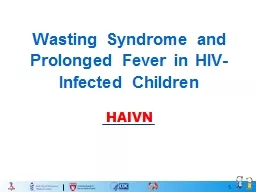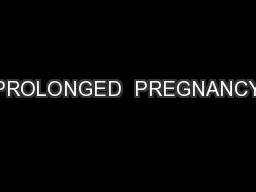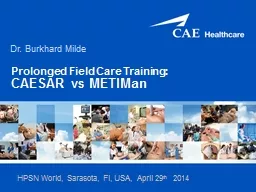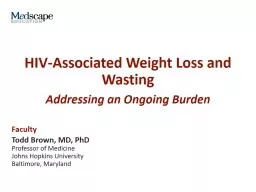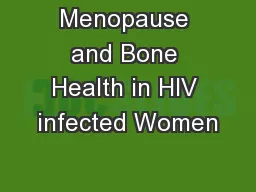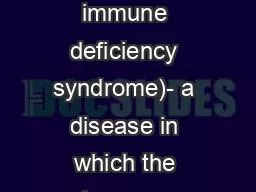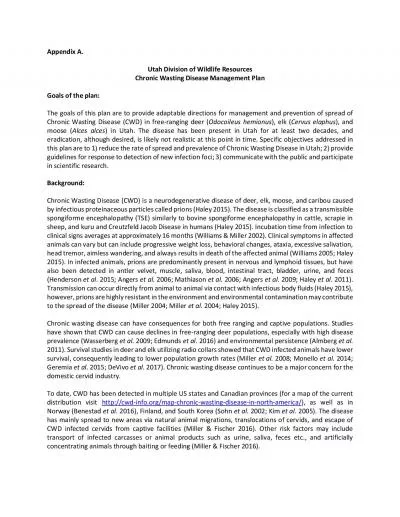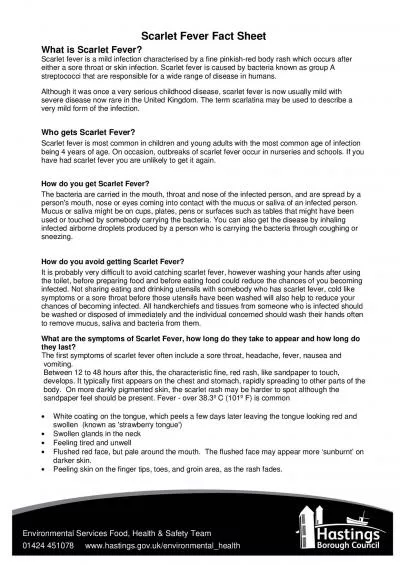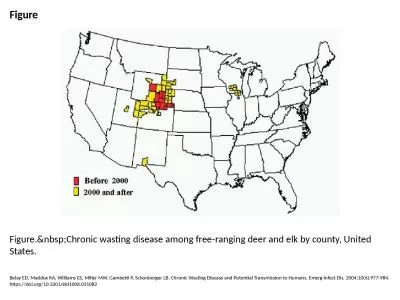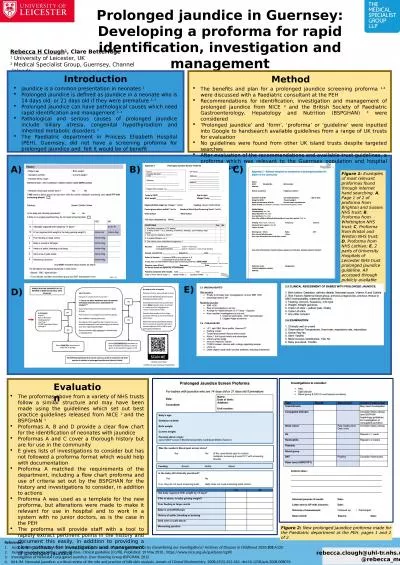PPT-Wasting Syndrome and Prolonged Fever in HIV-Infected Children
Author : holly | Published Date : 2022-06-15
HAIVN Harvard Medical School AIDS Initiative in Vietnam By the end of this session participants should be able to Define wasting syndrome and list common etiologies
Presentation Embed Code
Download Presentation
Download Presentation The PPT/PDF document "Wasting Syndrome and Prolonged Fever in ..." is the property of its rightful owner. Permission is granted to download and print the materials on this website for personal, non-commercial use only, and to display it on your personal computer provided you do not modify the materials and that you retain all copyright notices contained in the materials. By downloading content from our website, you accept the terms of this agreement.
Wasting Syndrome and Prolonged Fever in HIV-Infected Children: Transcript
Download Rules Of Document
"Wasting Syndrome and Prolonged Fever in HIV-Infected Children"The content belongs to its owner. You may download and print it for personal use, without modification, and keep all copyright notices. By downloading, you agree to these terms.
Related Documents

